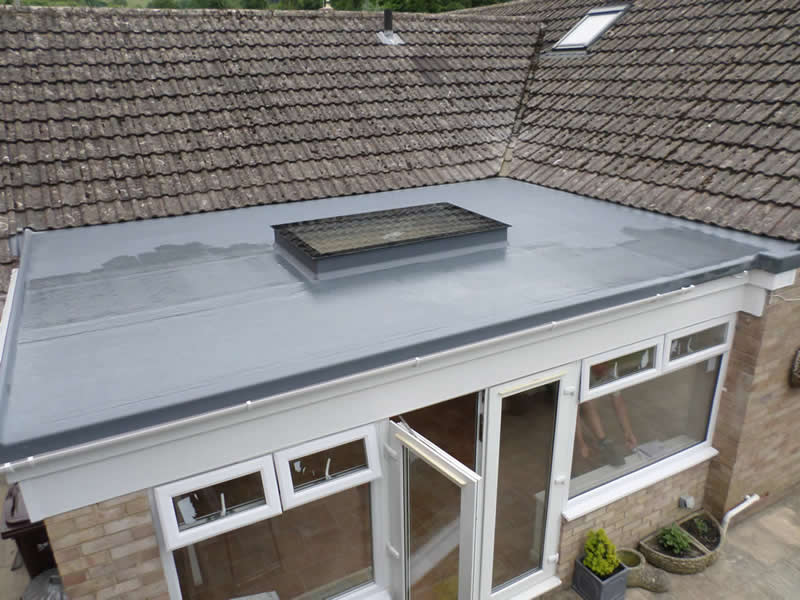Roofs are usually 1 of 3 different classifications: pitched, low-pitch, or flat. From the three different roof types, a set roof does not make much sense architecturally since it inherently won’t shed rain or snow. Is not maintaining your elements from the structure a roof’s primary job? Flat roofs can certainly have a building dry, but in different ways than pitched roofs that have gravity on their own side.
The very first factor to know when thinking about a set roofing product is the various options available for flat roofs. You will find three primary flat roofing systems: developed roofs, modified bitumen, and membrane roofs.
Developed Roofs
This is actually the traditional tar and gravel roof that lots of consider when envisioning an industrial flat roof. Essentially layers of waterproof material are made track of layers of hot tar among. On the top from the developed layers is layer a rock or stone. Typically these developed roofs were created of layers of tar paper but newer materials for example fiberglass membranes have grown to be available growing roof existence.
Developed Advantages
Less costly than bitumen or membrane roofs
Attractive to check out
The gravel or stone top layer is a superb fire-proof
Developed Disadvantages
Very heavy
May need structural reinforcement to hold the unnecessary weight
High odor and could be very untidy to set up
Finding leaks is tough
Gravel can elope roof system and clog drainage and gutters
Modified Bitumen Roofs
These roofs are system of merely one ply folded roof impregnated with a mineral-based topcoat like a put on surface. Initially a torch-lower system installed by heating the adhesive, nowadays there are also peel-and-stick torch less systems that are safer and simpler to set up.
Modified Bitumen Advantages
Moderate in cost, typically between developed and membrane systems
Mineral put on jackets could be light colored reducing energy costs by reflecting sunlight
Peel-and-stick varieties provide a do-it-yourself choice for homeowners
Lightweight
Modified Bitumen Disadvantages
The torch-lower installation process is really a fire hazard
Less put on resistant than membrane systems
Membrane
Also called rubber roofs, EPDM (short for ethylene propylene diene monomer) roofs really are a true rubber roof. The membrane is extremely durable and resists both tearing and sunlight damage. Installation has numerous options including glue lower, ballasted with stone, and anchoring with fasteners.
Membrane Advantages
Lightweight
Easily repaired or patched
Scuff and tear resistant
Simple to install, for homeowners
Membrane Disadvantages
Susceptible to punctures
Standard EPDM is black and absorbs heat
Energy-efficient light coatings may cost extra
Comprehending the three kinds of flat roof systems is the initial step in selecting the best roof for the building. Talking to having a knowledgeable flat roofer professional ought to be the next move. With such ideas to comprehend the different choices for any flat roof can help you better comprehend the recommendations from your roofer.


Comments are closed.